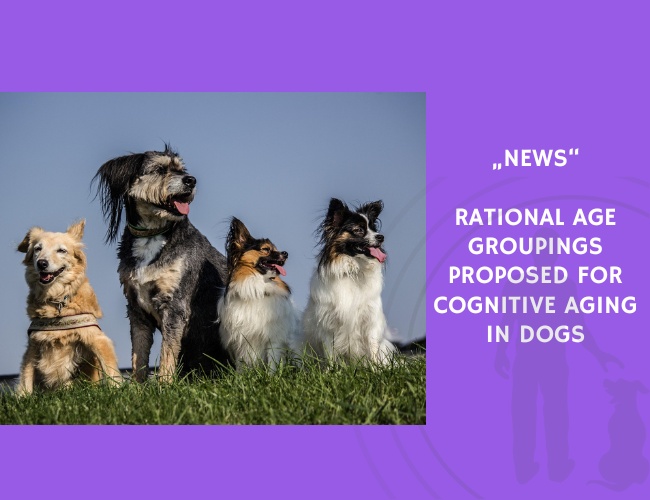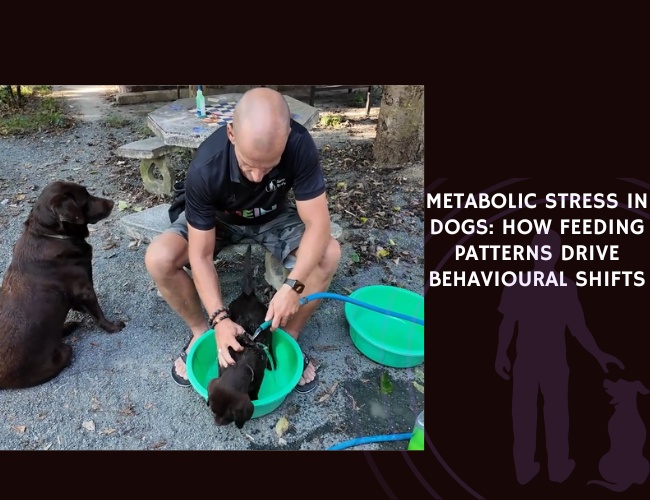Naomi D. Harvey (2021) conducted a perspective review to address the lack of standardized categories for classifying dog ages in behavioral and cognitive research. While dogs experience lifelong behavioral development, including changes in learning, memory, and cognition, studies often group ages differently, limiting comparability.
Harvey identified rational age groupings that align with normative age-linked processes, capturing developmental trajectories for most breeds. These standardized categories aim to enhance consistency in research on canine cognition, welfare, and pathological aging.
The review emphasizes that while age groups are useful for understanding behavioral changes, they should not be confused with breed-specific health needs. Notably, short-lived breeds such as Great Danes typically die during the “Mature Adult” phase despite showing no accelerated cognitive aging, highlighting welfare concerns linked to reduced lifespan.
By adopting these chronological categories, researchers can better compare results across studies, and dog owners may gain clearer expectations about age-related behavioral changes. This framework also supports early detection of non-normative cognitive decline, improving welfare in aging companion dogs.
Source: Harvey, N. D. (2021). How Old Is My Dog? Identification of Rational Age Groupings in Pet Dogs Based Upon Normative Age-Linked Processes. Journal: Frontiers in Veterinary Science, Volume 8. Publication Date: 2021-04-27. Author: Naomi D. Harvey. References: 54. Citations: 71.










